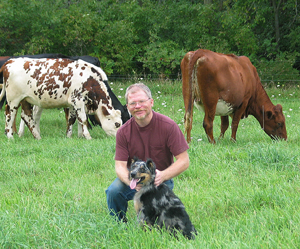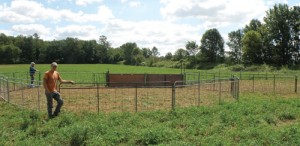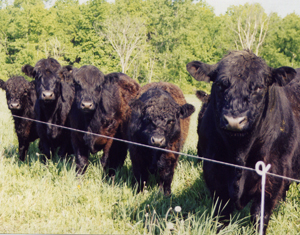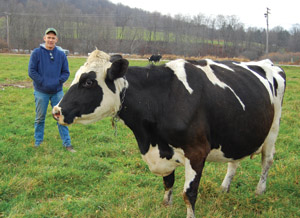Even EPDs have their place in genetic selection
By Jim Munsch Coon Valley, Wisconsin—I am often asked about the best breed for grass-based beef production. Most grass-fed experts say that a high proportion of English genetics is important. I lean that way myself — we have Angus.
But I always tell people that the specific breed is not the most important factor in grass-fed, as within each breed there are animals that can do well in your grass system, and those that won’t. When asked about breeds, I instead treat the questioner to a long explanation involving “type” and the methods for managing genetics. Continue reading “Grass-fed beef by the numbers”




